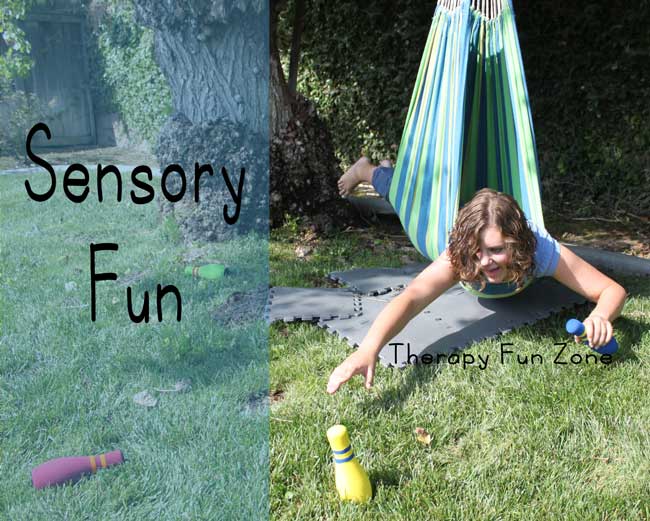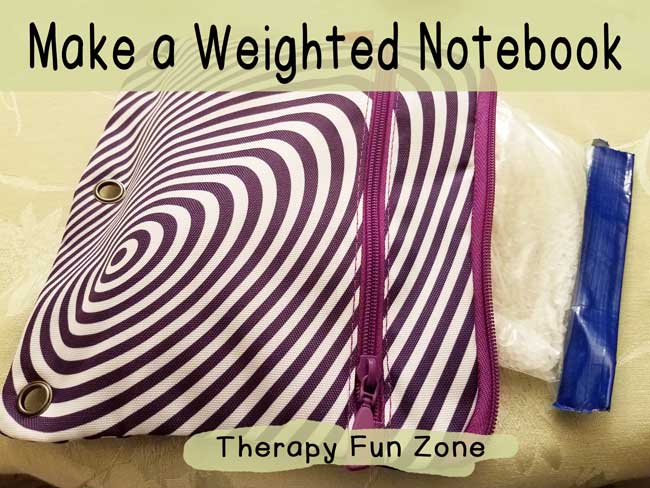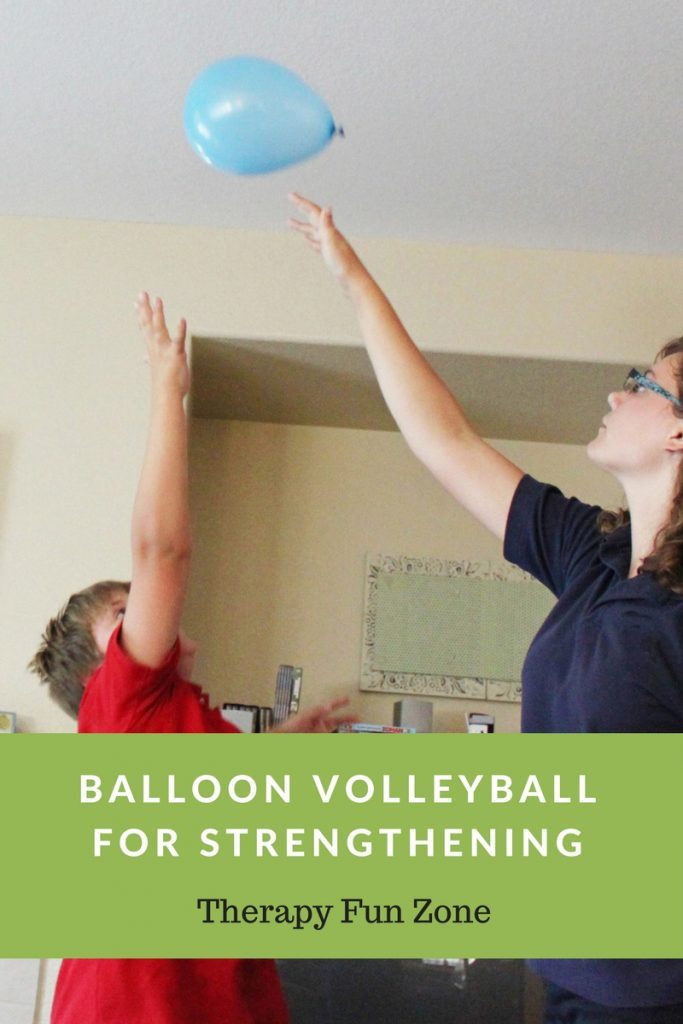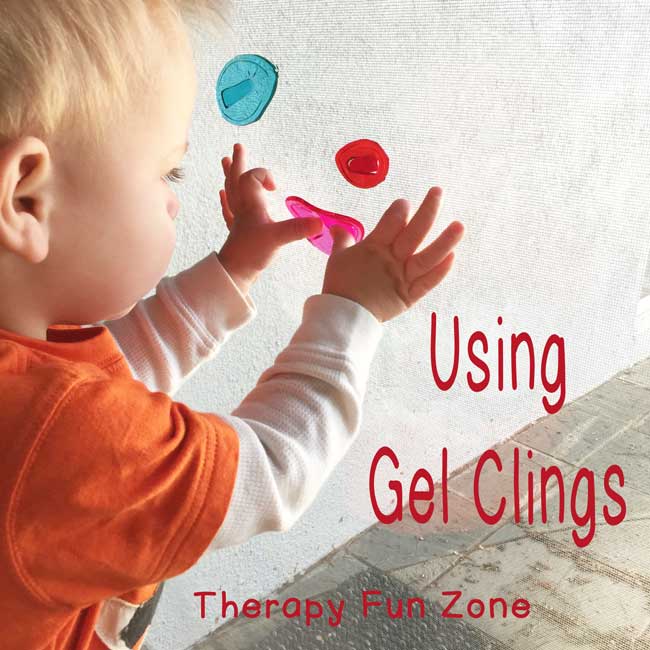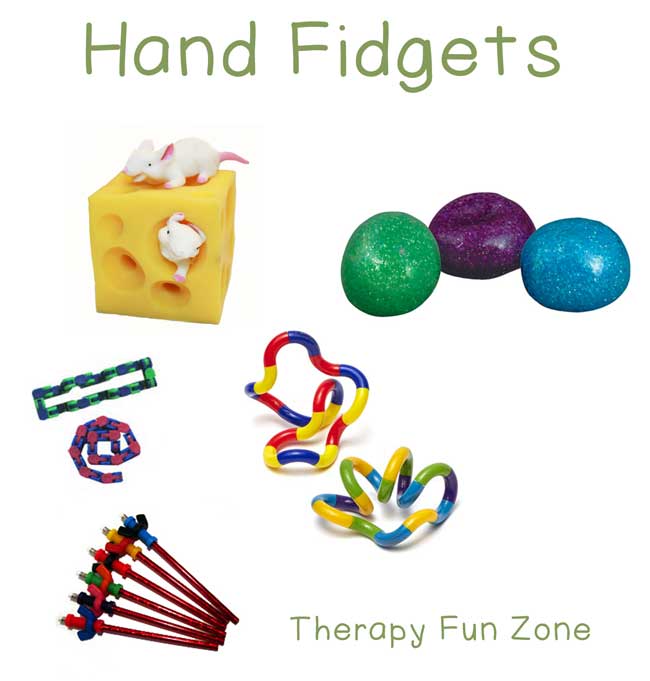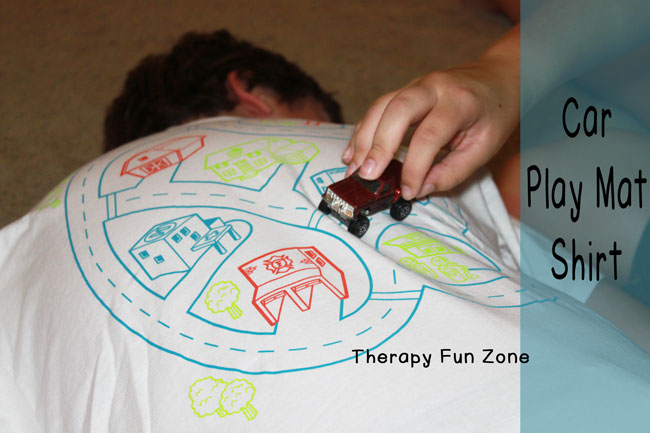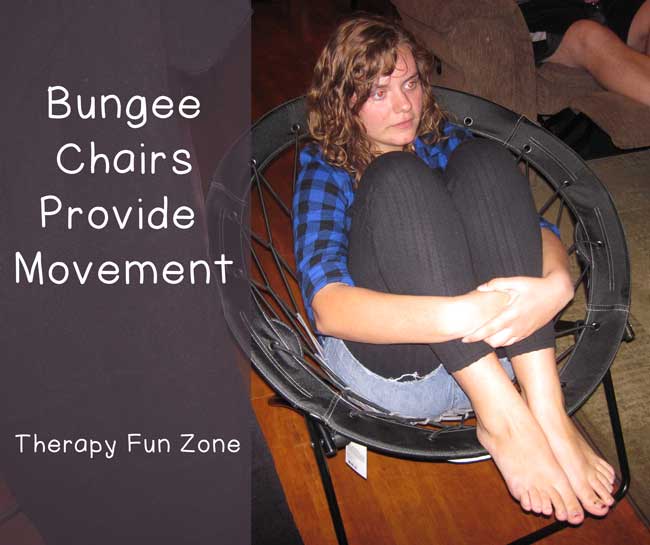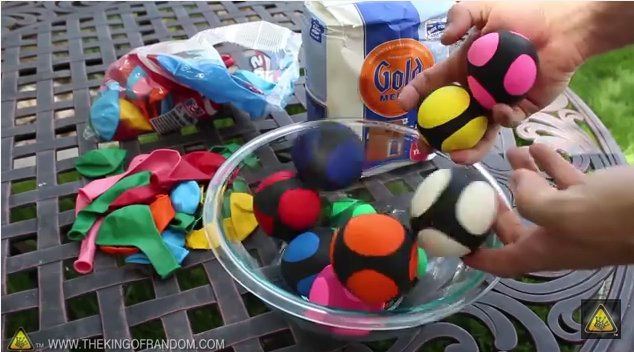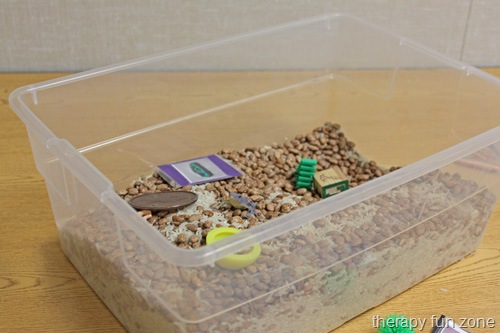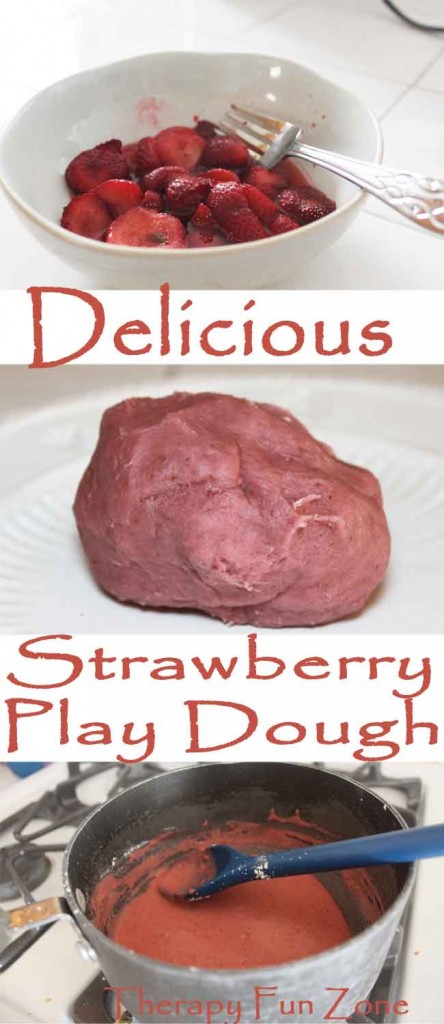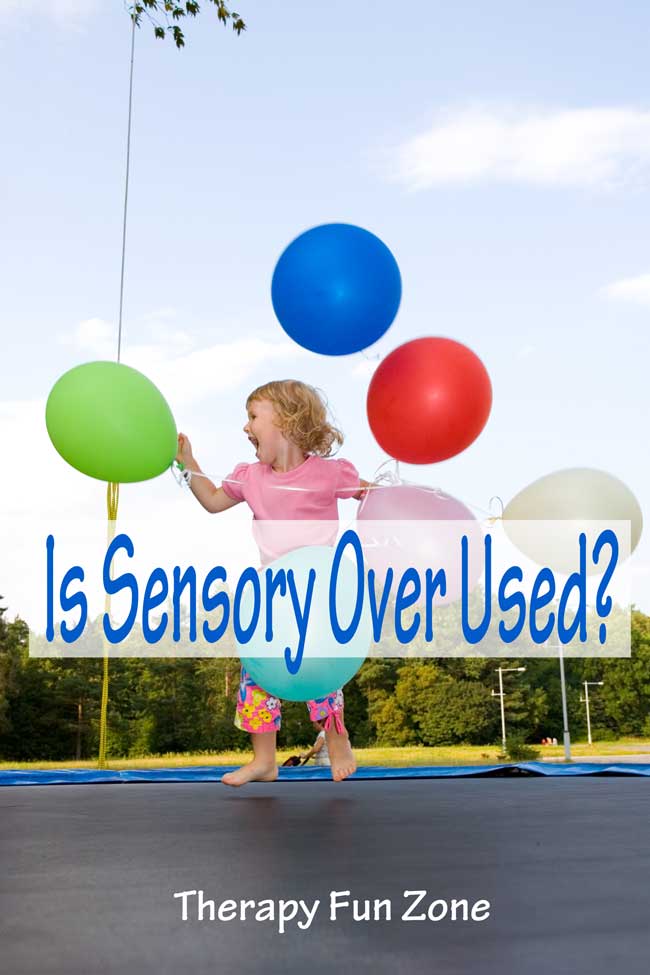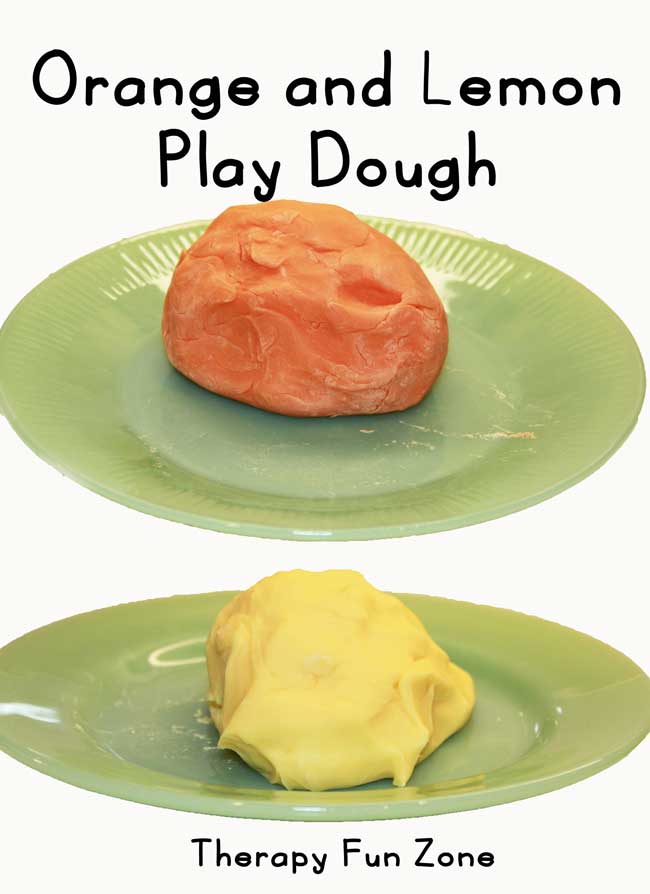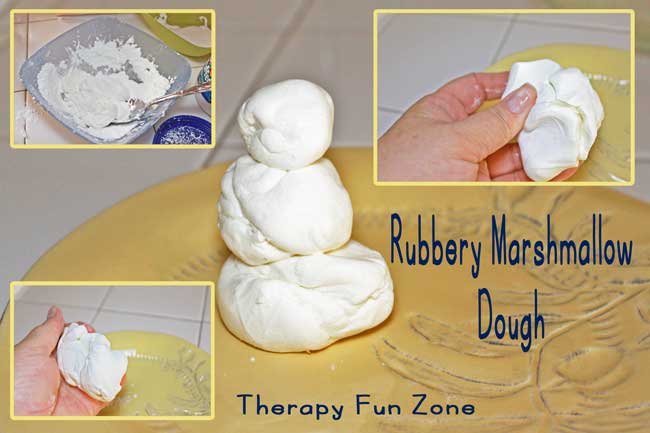Overview of the sensory processing system
When most people think of the sensory system, they think of the 5 senses; touch, taste, vision, hearing, and smell. When working with sensory processing disorder, also known as SPD or sensory integration dysfunction, we have to add a few senses on to that list. We have all of the 5 senses plus proprioception, vestibular, and interoception (your internal/physiological sense, which is hunger, need bathroom, etc).
You know about the 5 senses, and we like to incorporate all of the senses in therapy, but let me tell you about the senses that we work with the most in therapy.
The tactile system processes input from the sense of touch.
It is important in the development of body awareness and motor planning. You use your tactile system in every activity of daily life. It helps you get an understanding of objects by their shape and characteristics. It has both protective and discriminative qualities.
The protective quality of the tactile system comes into play when you think a bug is on you or you need to respond to something that might hurt you. The discriminative quality comes into play when you reach into your bag to find something and you can find what you need just by touch.
When your tactile system is working properly, you know which touch is alarming, which touch gives you pleasure, and which touch you can ignore. When it is not working properly, a touch from a friend can be alarming, and it is difficult to ignore the touch of clothes on your skin.
The Vestibular System processes information about movement, gravity, and changing head position.
Jean Ayres, the author of Sensory Integration and the Child, suggests that the vestibular system has a critical role in the modulation of all other sensory systems, and helps facilitate or inhibit. In other words, it can wake you up or calm you down. This helps with regulation of arousal.
The vestibular system is necessary for muscle tone, and muscle tone is necessary for posture, movement, and using strength.
The vestibular system has protective and discriminative qualities. The protective quality helps you maintain your balance and stimulate protective reflexes. The discriminative quality can tell you how fast you are going and what type of movement is happening. Some vestibular movements can be calming, such as rocking, and others can be stimulating such as quick movements.
When the vestibular system is working properly, we learn to move around smoothly, and easily. When it is not working properly, movement can be scary, or the opposite can be true, and extra movement is needed to feel right.
The Proprioceptive System processes the input from our muscles, tendons, and joints, and tells you about the position of your body.
It is closely related to the vestibular system, and it helps us make sense of touch and movement experiences.
Proprioceptive activities can help regulate arousal states. They are rarely overstimulating and can have both calming and alerting tendencies, depending on the circumstances. For example, if you are tired, you can get up and stretch to increase your alertness. On the opposite spectrum, if you are stressed, you can get up and stretch and it helps calm you down.
Proprioceptive input can help decrease hyper-reactive responses to other sensations. In times of pain or nails on a chalkboard, many people squeeze something or clench their teeth or tense their shoulders. This is a form of unconscious proprioceptive input.
Sensory integration begins before birth and continues through our lifetime. We automatically process sensory information, and usually don’t know that it is happening behind the scenes of every activity that we do.
When your sensory processing system is not funtioning properly, you react differently to situations than someone whose sensory system is functioning properly.

